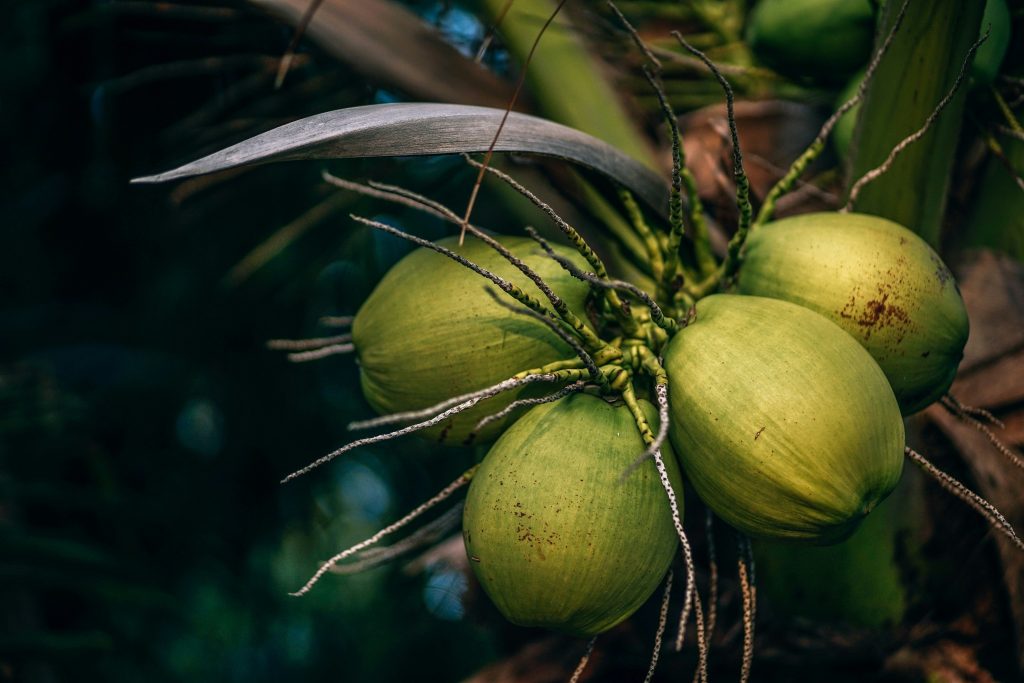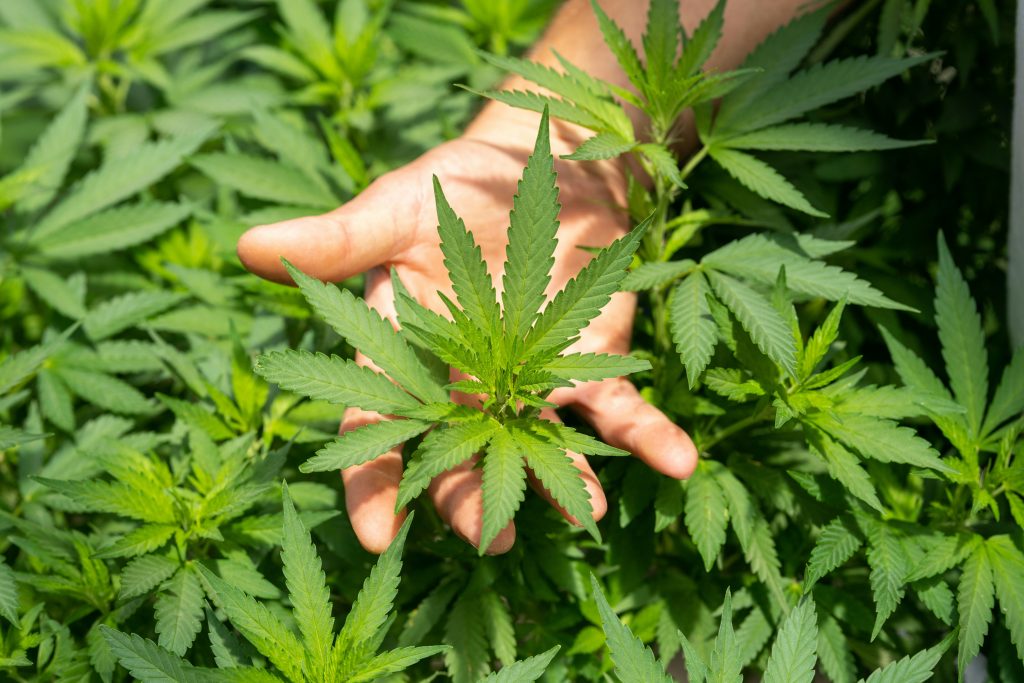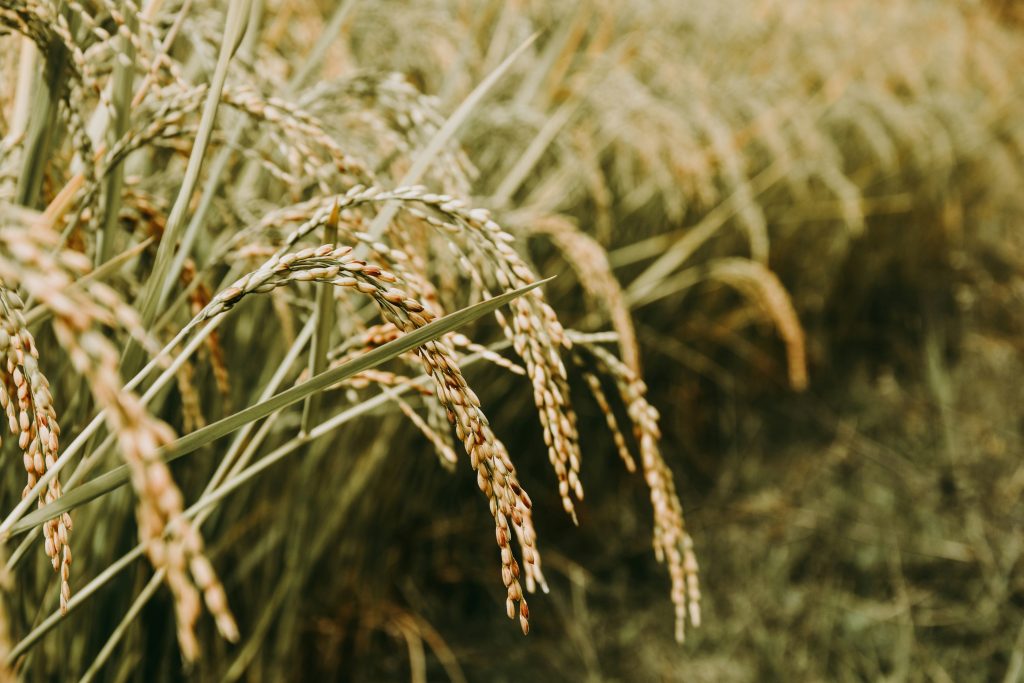In the world of farming and trade, “oil crops” are like hidden treasures. These are plants that are grown specifically for their oily seeds or fruits. These seeds contain lots of oil, which we can squeeze out and use in many different ways. From cooking to using for skincare, oil crops are incredibly important. They’re like the powerhouses of agriculture.
What are Oil Crops?
Oil crops, as the name suggests, are plants cultivated primarily for their oil-rich seeds or fruits. These seeds contain substantial amounts of oil, which can be extracted through pressing or solvent extraction methods. The extracted oil serves a myriad of purposes, ranging from culinary to industrial applications, making these crops indispensable to human civilization.
Examples of Oil Crops
- Soybean
- Palm
- Canola
- Sunflower
- Olive
- Coconut
- Peanut
- Cottonseed
- Safflower
- Rapeseed
- Sesame

Explaining Each Oil Crop
Soybean
Soybean, one of the most versatile oil crops, yields oil used in cooking, biodiesel production, and industrial applications. It also serves as a crucial protein source in various food products.
Palm
Palm oil, extracted from the fruits of oil palm trees, enjoys widespread usage in cooking oils, processed foods, and biofuels. However, concerns regarding deforestation and environmental sustainability surround its production.
Canola
Canola, derived from rapeseed, produces oil low in saturated fats, making it a preferred choice for cooking. Its versatility extends to biodiesel production and industrial lubricants.
Sunflower
Sunflower oil, extracted from sunflower seeds, boasts a light flavor and high smoke point, making it ideal for frying and cooking. It also finds applications in cosmetics and skincare products.
Olive
Olive oil, a staple in Mediterranean cuisine, offers health benefits and culinary versatility. Its high monounsaturated fat content contributes to heart health and adds flavor to dishes.
Coconut
Coconut oil, extracted from the kernel of coconuts, serves culinary, cosmetic, and medicinal purposes. Its unique composition makes it suitable for cooking, moisturizing skin, and even oil pulling for oral health.
Peanut
Peanut oil, renowned for its high smoke point and neutral flavor, is a common choice for frying and cooking. It also finds application in skincare products and massage oils.
Cottonseed
Cottonseed oil, a byproduct of cotton production, is used in cooking oils, salad dressings, and margarine. Its versatility extends to industrial applications such as soap and cosmetics production.
Safflower
Safflower oil, extracted from the seeds of the safflower plant, is rich in linoleic acid and low in saturated fats. It finds applications in cooking, skincare, and oil-based paints.
Rapeseed
Rapeseed oil, known for its mild flavor and high smoke point, is used in cooking and food processing. It is also a source of biodiesel and serves as a lubricant in industrial machinery.
Sesame
Sesame, an oil crop, yields seeds rich in oil used for cooking and flavoring. Renowned for its nutty taste and high oil content, sesame oil is a staple in Asian cuisine and finds applications in salad dressings and marinades worldwide. Additionally, sesame seeds are valued for their nutritional benefits, contributing essential vitamins, minerals, and antioxidants to the diet.
Read also: Classification of crops
Characteristics of Oil Crops
They exhibit diverse characteristics tailored to their specific environments and cultivation requirements. They often thrive in regions with ample sunlight and moderate temperatures, although certain crops, like palm, have specific climate requirements. Additionally, oil crops vary in their oil content, fatty acid profiles, and resistance to pests and diseases, influencing cultivation practices and crop management strategies.
Uses of Oil Crops
- Cooking Oils: Oil crops serve as primary sources of cooking oils, catering to diverse culinary preferences worldwide.
- Biofuel Production: The oil extracted from crops like soybean, canola, and palm contributes to the production of biodiesel, offering a renewable alternative to fossil fuels.
- Industrial Lubricants: Certain oils derived from oil crops possess lubricating properties essential for machinery and automotive applications.
- Cosmetics and Skincare: Oils such as coconut, olive, and sunflower find usage in cosmetics, skincare products, and massage oils due to their moisturizing and nourishing properties.
- Food Processing: They contribute to various processed foods, including margarine, salad dressings, and snack foods, enhancing flavor and texture.
- Animal Feed: Oilseed cakes, byproducts of oil extraction, serve as nutritious feed for livestock and poultry, contributing to animal health and productivity.
- Pharmaceuticals: Some crops yield oils with medicinal properties, used in traditional and modern medicine for their therapeutic effects.
- Industrial Applications: Oils derived from certain crops find applications in industrial processes such as soap making, paint production, and hydraulic fluids.
- Candle Making: Certain vegetable oils, like soybean and palm oil, serve as sustainable alternatives to traditional paraffin wax in candle making.
- Oilseed Crop Rotation: Oil crops play a crucial role in crop rotation systems, enhancing soil fertility, controlling pests and diseases, and improving overall agricultural sustainability.
The bottom line
Oil crops constitute a cornerstone of global agriculture and industry, offering a diverse array of products essential to daily life. From cooking oils to biofuels and cosmetics, the versatility and utility of oil crops underscore their significance in modern society. As consumer preferences evolve and sustainability concerns mount, the cultivation and utilization of oil crops will continue to shape agricultural practices and economic landscapes worldwide. Understanding the intricacies of oil crops is paramount to harnessing their full potential while ensuring environmental stewardship and food security for future generations.
FAQs
1. Is millet an oil crop?
Millet is not typically considered an oil crop. While some varieties of millet may produce small amounts of oil, they are primarily cultivated for their grains, which are used as food for humans and animals.
2. Is maize an oil crop?
Maize, also known as corn, is not primarily grown as an oil crop. While maize does contain oil in its kernels, it is mainly cultivated for its starchy grains, which have diverse culinary and industrial applications beyond oil extraction.
3. Is sorghum an oil crop?
Sorghum is not traditionally considered an oil crop. Although certain varieties of sorghum may contain small amounts of oil, they are primarily cultivated for their grains, which are used in human and animal consumption, as well as for making biofuels and alcoholic beverages.
4. What is the largest oil crop?
Palm oil is considered the largest oil crop globally in terms of production volume. It is extracted from the fruits of oil palm trees and is widely used in cooking oils, processed foods, biofuels, and various industrial applications.
5. What plant produces the most oil?
The oil palm tree (Elaeis guineensis) produces the most oil per unit of land compared to any other oil crop. Its high oil yield per hectare makes it a highly efficient source of vegetable oil, contributing significantly to the global vegetable oil supply.

